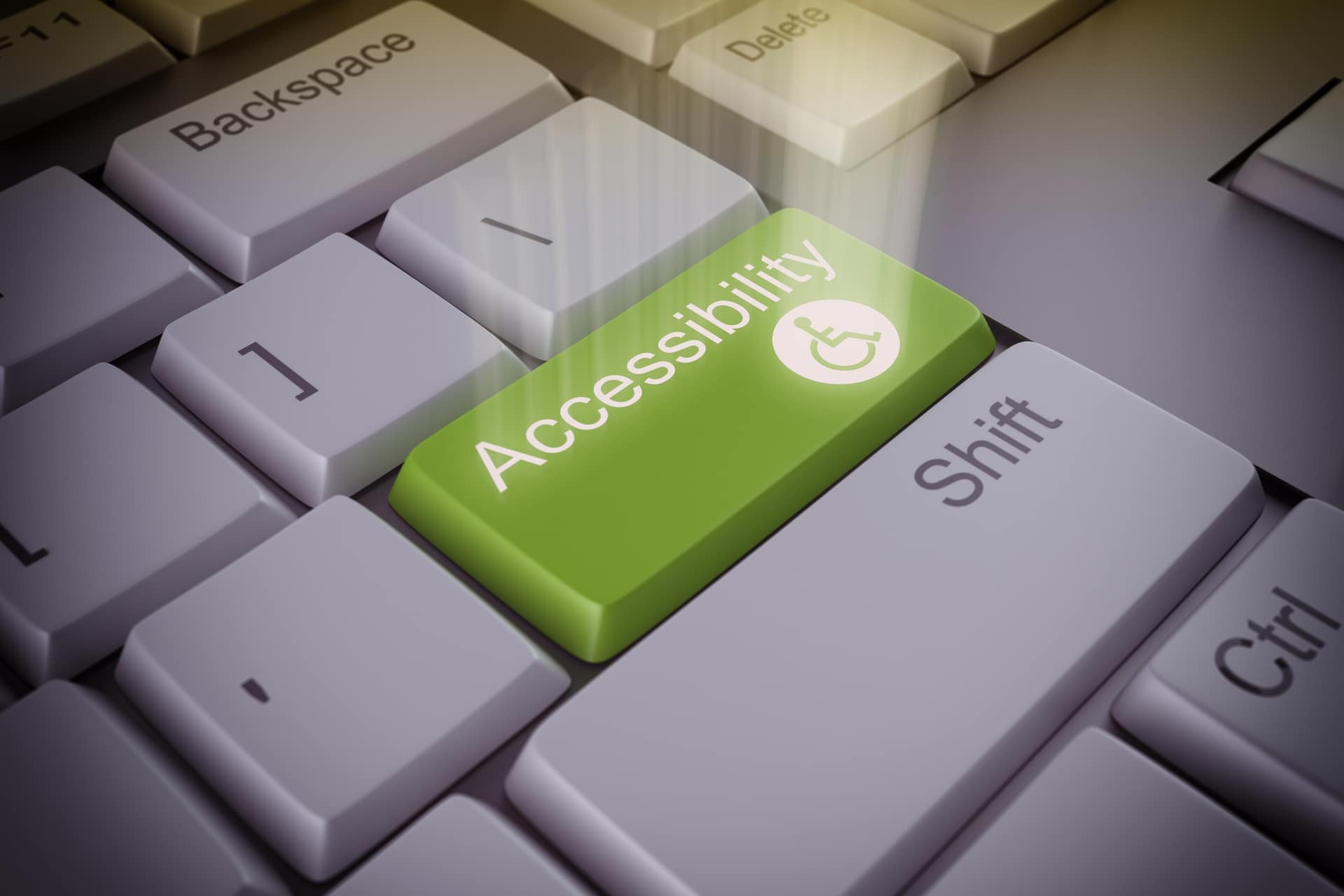ADA website compliance lawsuits are on the rise.
According to a recent article by SHRM, there were 2,258 website accessibility lawsuits were filed in the federal court in 2018. This is up from only 814 the year before.
Four of the most notable cases (not just from last year) include:
Use these cases as templates for your own website.
Glossier is an online business with no physical location, but is still subject to meeting ADA compliance. Glossier’s accessibility lawsuit is part of the thousands of lawsuits filed in 2018. If they lose, the company will be required to adapt its corporate policies and introduce more accessibility features on their websites.
In September 2016, a blind man named Guillermo Robles filed a lawsuit against Dominos Pizza claiming that their website was incompatible with his screen-reading software, and that he was unable to order food nor use online-only coupons.
Although the case was initially dismissed, the Ninth Circuit eventually overturned this ruling in 2019.
In 2017, Victor Andrews filed a class action lawsuit against Blick Art Materials and their website. In the lawsuit, Victor claims that the website “contains access barriers that make it difficult, if not impossible, for blind customers to use the website” or even complete a transaction.
In 2019 Beyonce’s official website was sued for violating the Americans with Disabilities Act. Within the claim were the complaints that the majority of images on the website lacked alternative text, and had an inaccessible menu and dropdown system for users who were not using a mouse.
How can I protect my PTI from getting sued?
One challenge companies have to overcome is that the U.S. government still hasn’t introduced a definitive list of web accessibility standards. Most of the lawsuits are driven by the experiences of the website users, and so that is our guide moving forward.
However, there are a few items that can help your website on the path towards accessibility.
Responsive Website:
A site that is built to be responsive is able to automatically adjust its layout depending on the device that the visitor is using. It also adjusts based on whatever screen size the user has active. While this feature is initially thought of being beneficial for users on phones or tablets, this also helps users with impaired vision who may choose to zoom-in or need to use larger font sizes.
Screen Reader Compatibility:
A website that has been well developed, typically within the code means certain elements have been included to make your site compatible with various assistive technologies. These could include screen readers, which convert the text on a computer screen to audible human speech or to refreshable braille displays. These assistive technologies may be used by visually impaired individuals or those with repetitive strain injuries, or cognitive maladies including dyslexia may prefer to have their device read the material aloud to them.
Alternative Text:
Any time you upload an image, graphic, media, or form image buttons you should add alternative text. The alternative text is read aloud by assistive technology to provide an idea of what the photo or button is for.
Video Transcriptions and Closed Captions:
If you have videos on your website you should have closed captions within the video as well as a text transcript of the whole video. This helps for those who are hard of hearing of deaf, as well as those who may be in a public or sound-sensitive environment.
While these are just a few of the items your staff will need to address these few features can go a long way towards making your PTI website accessible.
Accessibility with AmDee
It is important to remember, when undertaking to update your existing website or creating a new website to be WCAG compliant, that the process is never ‘done’ but is rather an ongoing process to ensure continued compliance. WebAim has put together a checklist you can access if you are interested in checking your existing website yourself.
If you are looking to redesign or have assistance to make your existing site compliant, AmDee employs accessibility specialists and can help you. We are experienced in all aspects of accessible web design, whether it’s designing from the ground up, doing spot-improvements or adding accessibility features onto websites.
best practices improving the user experience web accessibilityYou May Also Like

Thomas Bertram (T. Bert) Lance famously said, "If it ain't broke, don't fix it." Unfortunately, T. Bert Lance couldn’t foresee the future. He didn’t know that over 94% of Americans would be on the internet by 2024. If your website doesn't receive periodic updates or isn't accessible, users can become…
read more >
The average American now spends over half of their day staring at a screen. A recent Nielsen report reveals that adults in the United States spend over 12 hours a day on digital devices. This includes time spent using apps, browsing the web on smartphones, streaming services, and using desktop…
read more >